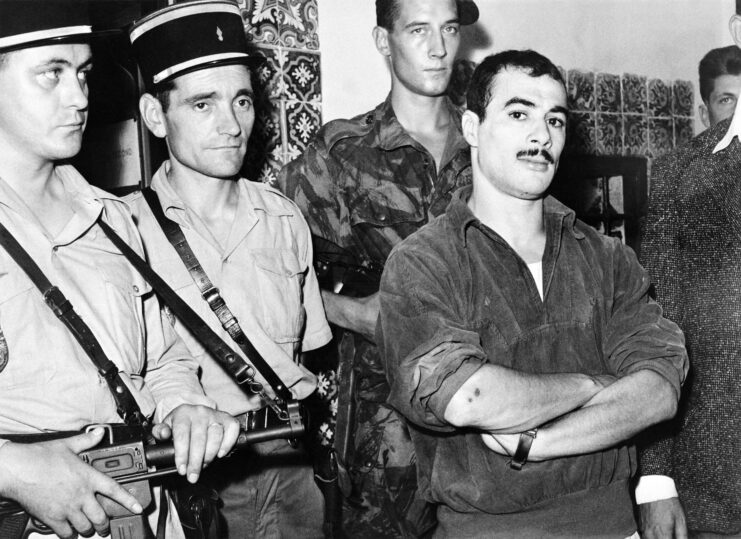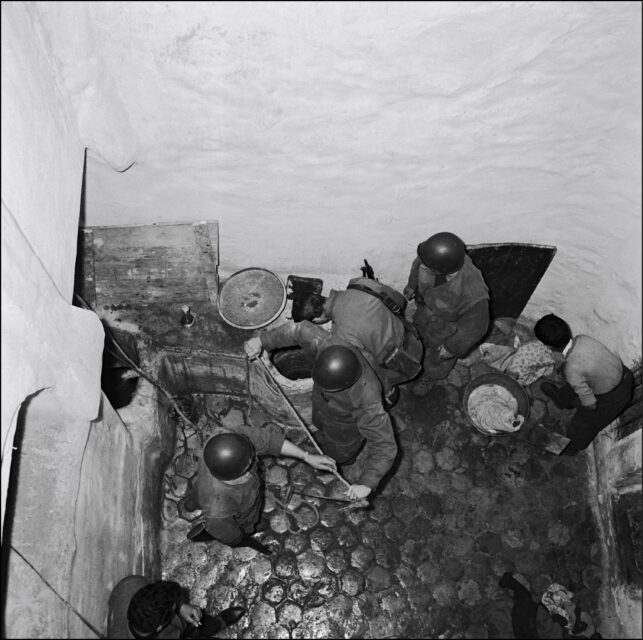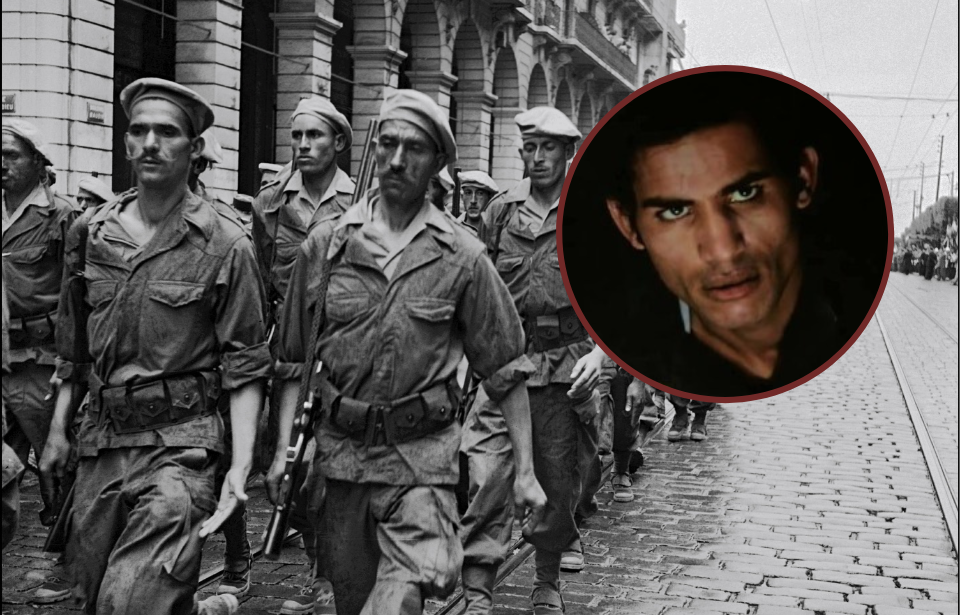The Battle of Algiers (1966) is a powerful and provocative film directed by Gillo Pontecorvo. It covers the Algerian struggle for independence from French colonial rule in the late 1950s and early ’60s, and is a searing and unflinching portrayal of the violence and brutality of the conflict, as well as the tactics used by both sides.
The movie is widely regarded as a masterpiece of political filmmaking and has been praised for its realism and unvarnished portrayal of the realities of war. It’s so realistic, in fact, that real-life military groups have studied it.
Gillo Pontecorvo’s take on the war genre

The Battle of Algiers was a docudrama by Italian filmmaker Gillo Pontecorvo. It was shot in the black-and-white style of Italian neorealism, and follows Algerian protagonist Ali La Pointe (portrayed by Brahim Haggiag) through 1954-57.
The movie was shot on-location in Algeria, with every scene taking place where the actual events of the conflict occurred. To keep things neutral, Pontecorvo only hired one professional actor, Jean Martin as Col. Philippe Mathieu. The other characters were portrayed by members of the local population.
Resembling a journalistic newsreel, The Battle of Algiers was accompanied by the commentary of a broadcaster documenting the events of the war from a safe distance. It was mainly filmed using handheld cameras, and employed a fly-on-the-wall style when shooting interior scenes.
A non-biased retelling of the Algerian War
As Gillo Pontecorvo took a neutral stance on the Algerian War, one of the most important features of The Battle of Algeria is that the film doesn’t make a hero out of either side. Speaking on this, he once said, “In a war, even if from a historical standpoint, one side is proven right, and the other wrong, both do horrendous things when they are in battle.”
As the conflict escalates, Pontecorvo showcases the atrocities committed by both sides. The Algerian guerrillas are seen employing female supporters in planting bombs, injuring and killing innocent people. They also equipped children with weapons, so they could shoot French soldiers at point-blank range.
Although Pontecorvo personally felt the Algerians were just in their mission, as portrayed in their victory at the end of the movie, he also showcased the horrendous crimes they committed in the fight to achieve it.
The filmmaker’s portrayal of the French colonial forces was no more heroic than the Algerian guerrillas. As the film progresses, he shows how they resorted to torture, physical acts of prejudice and other methods of violence to oppress the Algerian people.
Pontecorvo’s depiction was so detailed that the French public boycotted The Battle of Algiers, believing it to be a piece of anti-French propaganda, and it was banned in France for five years.
Taking notes from The Battle of Algiers

Gillo Pontecorvo’s approach to The Battle of Algiers made it a realistic retelling of what happened during the Algerian War. As such, guerrilla groups used it as an example of what to expect during real-world conflict, both insurgency and counterinsurgency tactics.
The movie became a handbook of guerrilla warfare for groups across the world, including the Black Panthers, the Provisional Irish Republican Army (IRA), the Palestine Liberation Organization (PLO), South African militants and the Viet Cong.
In 2003, the Pentagon broadcast the film to soldiers scheduled to be deployed to Iraq, as officials believed they’d encounter similar tactics by guerrilla forces. During the screening, attendees were handed a pamphlet, which read, “How to win a battle against terrorism and lose the war of ideas,” showcasing that the US military understood that, even though you may win the war, you could lose the public confidence in your methods.
More from us: The Many Incredible War Movies of Donald Sutherland
The Battle of Algiers proves Pontecorvo was successful in his attempt to portray the Algerian War with a complete lack of bias.
